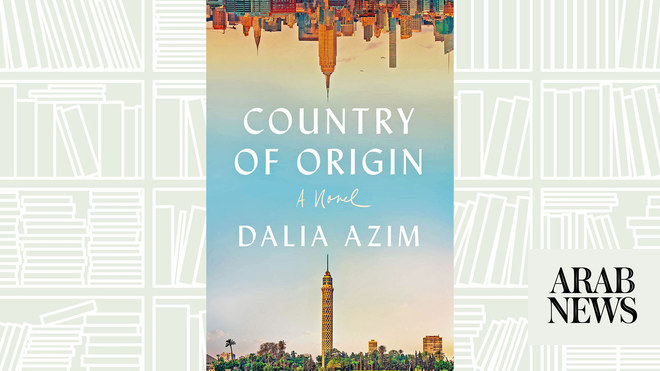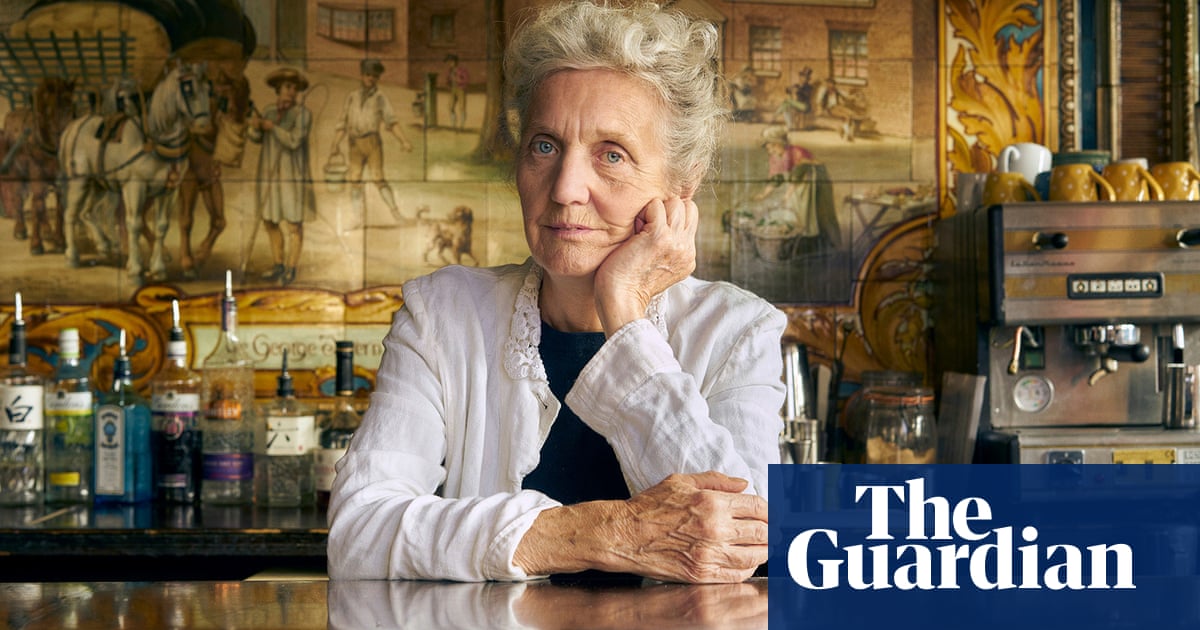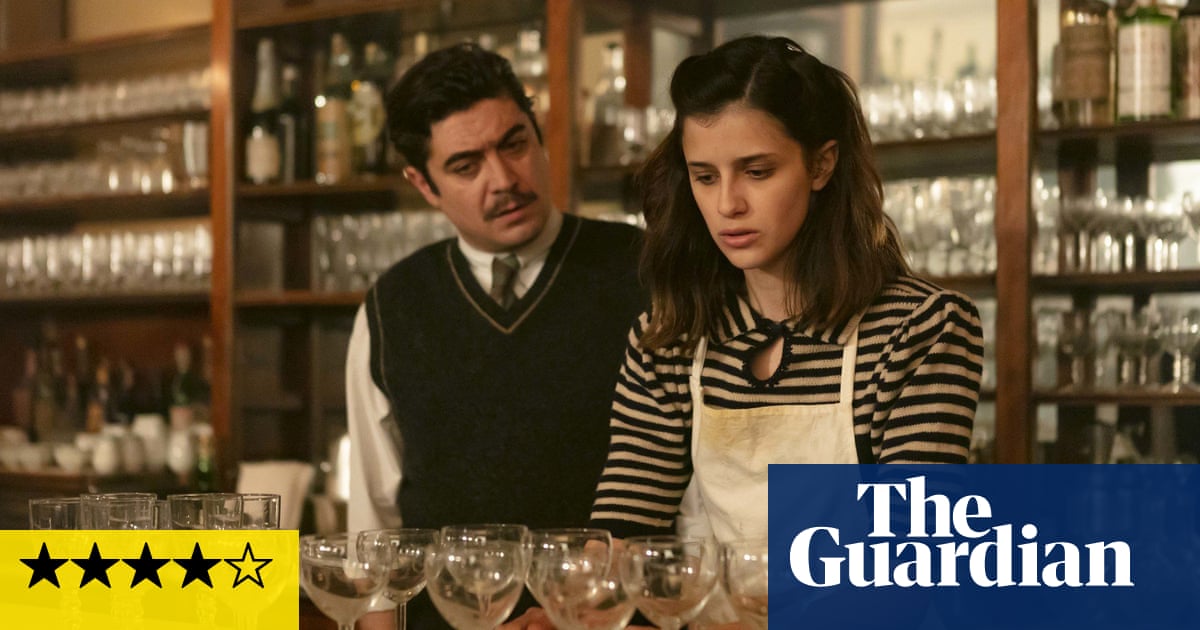
When an early draft of Rona Munro’s new play did the rounds, one of the first people to read it had a quibble. They said they had liked the way her original three James Plays had been based on historical fact – the stories of Scotland’s medieval kings, James I, II and III – whereas this latest one, James IV: Queen of the Fight, seemed to be made up. How else to account for the presence of two Moorish women in the Scottish court of 1504?
“I don’t think people know there were black people in Scotland that early in such a significant way,” says Munro. “People on social media are saying we’re crowbarring it in, but we’re really not. The history of black people in Britain has been ignored, marginalised and made invisible.”
In 2014, it seemed the height of ambition when The James Plays appeared as an all-day marathon in a mighty three-way collaboration between the National Theatre, the National Theatre of Scotland (NTS) and the Edinburgh international festival. But Munro’s sights were set higher still. Even then, she had in mind a sequence of box-set proportions.
As well as James IV, now being mounted for an autumn tour by director Laurie Sansom and co-produced by Raw Material and Capital Theatres in association with NTS, there is Mary, which will be directed by Roxana Silbert at London’s Hampstead theatre. She has also written a “small and intense” James V for production next year and is ready to set to work on James VI (James I of England).
The trick in writing a history play, says Munro, is in finding a good story. “People imagine a history play is going to be incomprehensible unless they do lots of homework,” she says. “But good history stories chime with an audience because they’re contemporary. They illuminate something that is part of human nature. The themes that are unexamined in Scottish history are about how women relate to power, what does it mean for children to be monarchs and, in this one, what happens when you get global majority people coming into a country like Scotland for the first time?”
In James IV, she finds her story in a court living under the threat of war, where royal tournaments serve as displays of wealth and power. Here, two high-born Moorish women, Ellen, the eponymous Queen of the Fight (Danielle Jam) and Anne (Laura Lovemore) became wealthy establishment figures. “Ellen was right at the heart of these huge political tournaments that were being staged by James to show the power of the Scottish court to the English and French,” says Sansom, pointing out that James’s right-hand man was from the Iberian peninsula, almost certainly black and married to a white Scottish woman. “That story has not been told – it’s not that it’s not true.”
In particular, Munro looks to a poem by William Dunbar addressed to a woman of African descent who had arrived in the Scottish court. Commonly known as Of Ane Blak-Moir, it has been called “precociously racist” – precocious because it pre-dates European colonialism by more than a century.
“The language is derogatory and designed to diminish,” says Munro, who drew on the work of historian Onyeka Nubia. “It is very uncomfortable reading for a modern audience. Dunbar wrote some cracking poems. He’ll write about a headache or his fear of death or moaning that he’s never being paid – all this stuff I could identify with – and then you look at that poem and go, ‘Why did you do that?’”
This was her starting point; one writer wondering how such an empathic and sensitive fellow writer could sink so low. “If we deprive people in history of their full, messy, contemporary humanity, it’s so easy for us to say, ‘Well, they did that, but we wouldn’t,’” she says. “There are racist slurs in that poem and their intention was as malevolent then as they would be today.”
If the playwright’s revelations about the court of James IV are disturbing, they are no less so in Mary. She is hardly the first to tell the story of Mary Queen of Scots, but how many of her predecessors have read the small print?
“There are well-recorded facts about the last months of Mary Queen of Scots’ reign that make it clear she was raped and assaulted, probably more than once,” she says. “It’s not like the experience of being raped or being assaulted is different because you’re a historical queen. As an experiment, I would tell people what happened to Mary without putting it in historical context. They would go, ‘Oh my God!’ But that was how Scotland became a Protestant nation, how James I and VI acquired the throne. All these political events came out of that one attack on a woman, which was focused on the fact she was a woman. That should be known – it’s in plain sight.”
James IV: Queen of the Fight is at Festival theatre, Edinburgh, 30 September–8 October. Touring until 12 November. Mary is at Hampstead theatre, London, 21 October–26 November.











